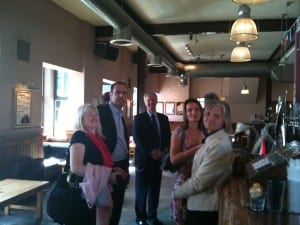Join the digital literacies conversation here http://www.surveymonkey.com/s/digitalliteracies
Background: digital literacies are difficult to define. They describe many different things and this flexibility can be a strength or a weakness. The strength is the opportunity for drawing attention to key issues around digital ways of working. The weakness is the potential for misinterpretation; digital literacies can be different things to different people. When it comes to describing them where is the best place to begin? JISC says they define those capabilities which fit an individual for living, learning and working in a digital society. If you’re looking for a pragmatic approach this isn’t very helpful but it does offer the scope for a broad view and with something as fundamental as communication that wider analysis is crucial.
The shift to digital practices has happened very quickly and the associated confidence and competencies have become complex. Digital literacies are much more than the ability to word process an assignment or access email. These are important graduate attributes but the management of digital lives and the presentation of our selves online are important too. If we’re to provide appropriate support and resources, we need to know where best to target them.
You are invited to use the comment box below this post to say what digital literacies mean to you or if you prefer a less public option, click this link http://www.surveymonkey.com/s/digitalliteracies I look forward to hearing from you.



